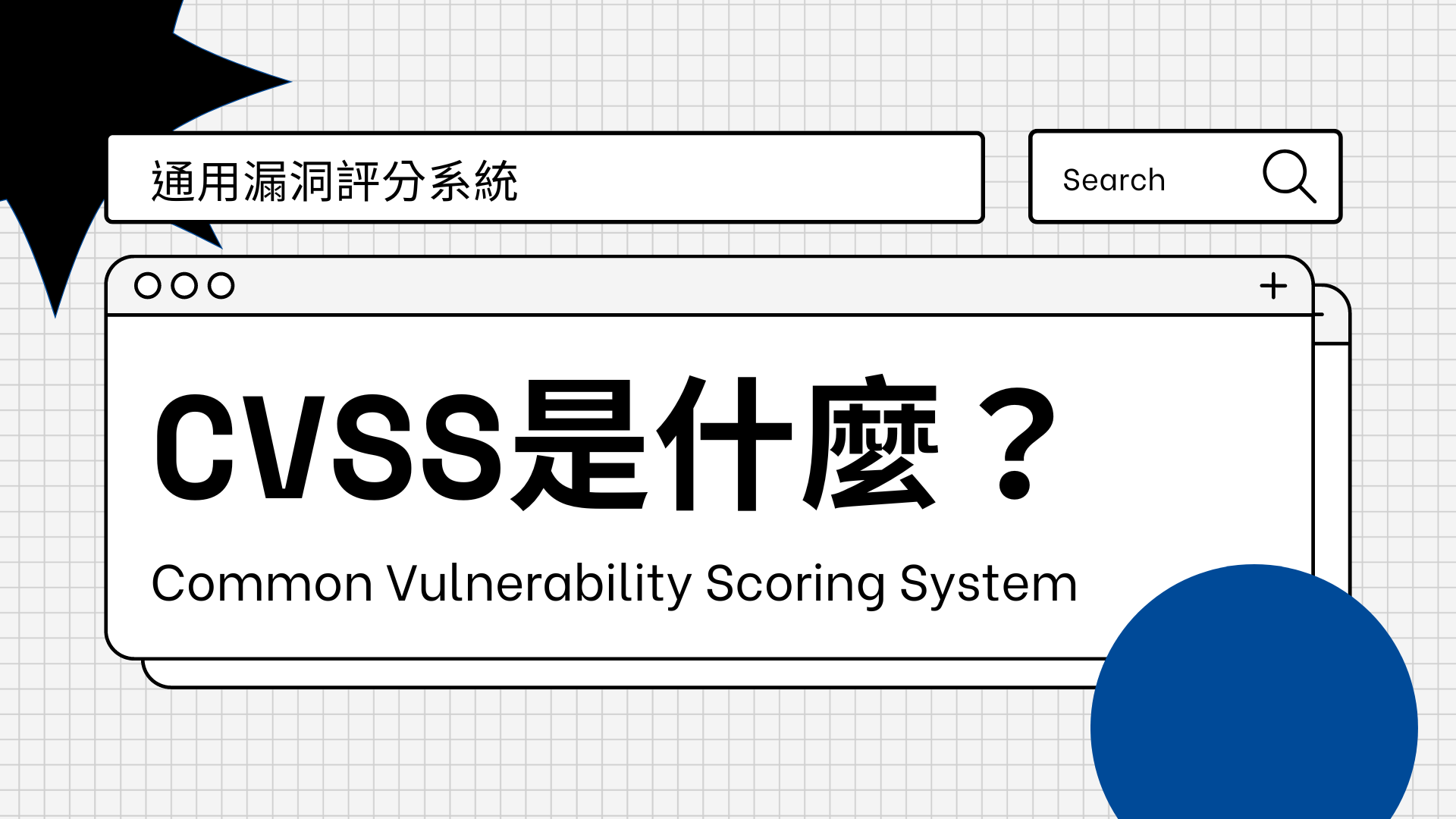
The Key to be Successful on B2B Sales is to Keep in Touch
September 9, 2021
Sales of B2B is a long journey
Unlike B2C, most of the B2B sales take time. In fact, according to this article, more than 70% of all B2B sales cycles take between 4-12 months to close. Plus, if it is a complex B2B solution, Gartner reports that there will be 6 - 10 decision makers involved. Since there are several steps for the purchase process in a company, the sales cycle of the B2B solution tends to be long.
In addition, the report shows B2B sales people need around 16 touch points with a customer to close a deal. And, this article stated "it takes an average of 8 touches to get an initial meeting (or other conversion) with a new prospect." Touch means not only sales follow up but also includes other marketing activities, so it doesn't mean that a B2B salesperson needs to follow up a customer that many times. However, as this article shows that 80% of sales need 5 follow up calls, following up multiple times by a salesperson is important. But in reality, as the same article shows, 44% of salespeople give up after one follow up call.
My experience as an IT manager
Around 8 years ago, I was an IT manager in our headquarters. After the big earthquake in Japan in 2011, our company started to migrate every server in our office to the cloud. The reason was simple. We could not go to the office for around a week after the earthquake due to the lack of public transportation. Also, since electric plants were damaged, there was a risk of having planned black outs. Fortunately, a planned black out did not happen in our office area but there were some locations which had black outs. From the reasons above, we realized that in order to prepare for situations where we can not go to the office in the future, every infrastructure of the company needed to be accessible from anywhere. In fact, because of this migration, our company never had trouble making employees work from home when COVID-19 infection expanded.
Even before the earthquake, as we started to provide HENNGE One from 2010, we were planning to migrate servers to the cloud. As a company providing cloud security services, we believed that we needed to be a role model. The earthquake just changed our policy from migrating "many" of our servers to migrating "every" server. Because of our plan to migrate to the cloud, I was contacting many cloud solution vendors. One of the big issues was migrating telephone lines to the cloud. But around 2010 when I was focusing on migrating our mail system to the cloud, I gathered the information about cloud telephone solutions but we never considered it deeply. Therefore, I got follow-up calls from vendors but I just said we might consider it in the future.
Even after the earthquake, migration of the server was more important than the telephone line. Because of this reason, I kept saying that we might consider it in the future. However, at some point, we suddenly decided to consider a cloud telephone solution in a meeting. I kept saying we might consider it in the future but I suddenly asked the vendor that we would like to consider "now" so that we want to know more about the solution. I think it has been more than one year since the vendor first came and introduced the solution. Although I felt sorry for the vendor that we had changed our mind suddenly, I didn't have any stress to contact the vendor since I was kept in touch by their follow-ups.
The learnings from my experience was that we will never know when the customer changes their mind and starts to consider the solution. Therefore, it is important to keep in touch and make customers remember us. Although we had considered it seriously at that time, since it was not a complete cloud solution, our decision was that the technology is not yet ready so that we will wait for the future solution. I think we adopted the cloud telephone solution around two years later. When we adopted the cloud telephone solution, I was not an IT manager any more.
Trying to measure touches and sales cycle
I confess, it is not easy to track touches especially when we do content marketing or SNS marketing. It is difficult to know who has seen the post or content. However, it is possible to keep the records of callings and meetings with prospects. The recording does not need to be perfect. I believe as long as the sales members recorded 80% - 90% of the callings and meetings, we will be able to know how many follow-ups were needed to close a deal. I think this data is important for us to know whether we are doing enough actions to close a deal or not.
If I thought of making this report in a spreadsheet application such as Excel, I feel like it would be quite difficult to achieve. I think it is possible if I create an opportunity list and follow-up list. But, I may need to set many complex calculations. For our company, we are using Salesforce, and all the account data is managed there. Plus we already have a standard procedure to create opportunities and record the call or meeting results. Hence, when I wanted to know how much follow-ups we are doing, I just needed to create a report in Salesforce using that data. Moreover, since there is data on whether opportunities are closed or not, I also could compare follow-up trends of the one closed and one on-going.
Since I started to check this report recently, I know the current situation at this moment. Yet, I'm still not sure of which target number we should aim for. Eventually, we should know an average sales cycle from the point we get opportunities. And, we should be able to know how many follow-ups we will need to close a deal. Plus, I hope to know the best timing to do the follow-ups.
In any case, I strongly believe that following-up prospects is the one of the most important factors to close a deal and I also believe it is important to keep track of the follow-up status.
喜歡這篇文章嗎?歡迎分享出去!






